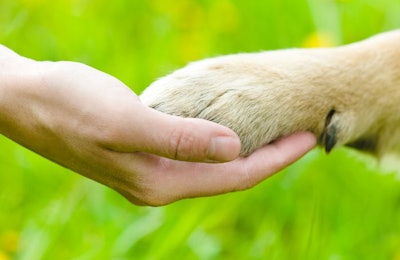
Recently a journalist from another publication asked to interview me about the strength of pet food businesses within human food conglomerates; she gave General Mills as an example of a consumer product goods (CPG) company for which pet food—in its case, mainly Blue Buffalo—has become its fastest-growing division.
My high-level comment was that pet food is itself a fast-moving CPG and is closely linked with human food in terms of similar consumer trends and shared supply chains. More importantly, the pet food market keeps growing, even during economic downturns and more than many other CPG categories, including human food ones. That's highly attractive to potential purchasers and investors.
Yet I also explained that despite General Mills’ pet food success with Blue Buffalo (and, subsequently, other acquisitions like Tyson’s pet treats business), other human food/CPG conglomerates have had decidedly mixed results with their pet food acquisitions.
Pet food plans not working out
BRF, one of the world’s largest producers of poultry and other meats, just announced it is selling its pet food brands less than two years after acquiring them. In mid-2021, the Brazil-based giant bought Hercosul, a Brazilian pet food company, then another, Mogiana Alimentos, just a week later. At the time of the Hercosul acquisition, BRF said the deal was an “effective step to becoming one of the largest and most relevant players in the pet food market by 2025.” Apparently, that hasn’t played out.
Obviously, a lot has happened even in that short amount of time—namely, the continuing global pandemic that snarled supply chains, caused massive economic disruptions and jump-started soaring inflation worldwide. For a company whose main business is poultry, a months-long outbreak of highly pathogenic avian influenza has also likely piled onto BRF’s financial concerns. Perhaps all those factors made it decide to pull back and focus on its core business.
In that, BRF is not alone. In mid-February 2023, J.M. Smucker announced its sale of most of its pet food and treat brands. It is keeping only two high-performing brands, Milk-Bone and Meow Mix, plus its private label pet food business. Given the roller coaster journey all the Smucker pet food and treat brands have been on the last 10 years or so, one has to wonder how long the company will hang on to its remaining pet food business. It’s worth noting that Smucker’s experience in the pet food market somewhat follows the previous owner of some of the brands, Del Monte.
Why do some CPG giants have more success in pet food?
From the outside, it’s difficult to pinpoint why General Mills has had success with its foray into pet food while these other human food conglomerates have not. Perhaps one factor is that when it acquired Blue Buffalo in 2018, the latter had a growing but defined line of products whose range has continued to expand but still falls mainly under one well-known brand. And, except for its acquisition of Tyson’s pet treats business in 2021, General Mills has kept its pet food division’s growth focused on internal innovation and product development.
Of course, when pointing to success for large companies offering both human food and pet food, I can’t overlook Mars and Nestle. Yet, they’ve been in both industries for so long (decades) and, at least in terms of pet food, are so much larger than every other company globally—both in revenues but also in number of brands and products—that they essentially stand apart in their own category. It’s difficult to compare other companies and their pet food businesses to that level.

















